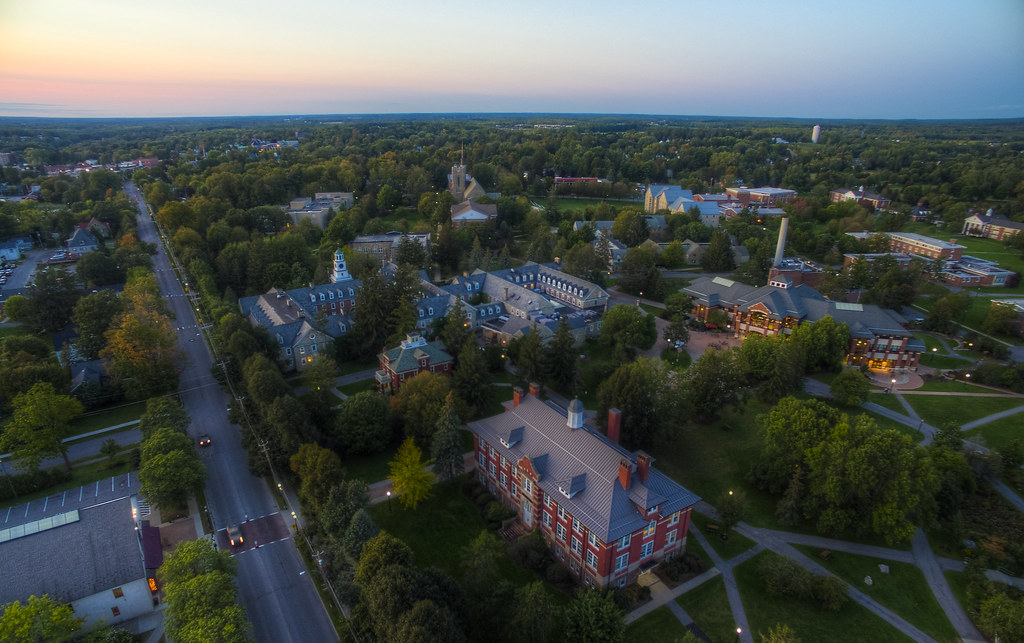The COVID-19 pandemic has affected colleges and universities across the world, including St. Lawrence. The Boston Business Journal reported expert predictions say “10 percent to 20 percent of U.S. higher education institutions may be forced to close permanently within the next 12 months.”
A blog post was published this summer by marketing professor Scott Galloway at NYU detailed the colleges that will “perish, struggle, survive or thrive” throughout the rest of the pandemic. SLU was on the perish list.
Galloway looked at 437 colleges and universities, according to Syracuse.com. He compared tuition, endowment, percentage of international students, and other data.
Galloway categorized the schools by their vulnerability in the categories. 14 schools in the perish category were from New York State, five from upstate, including Bard College and Skidmore College. Both are in the Liberty League with SLU.
Stephen Hietsch, Vice President for Finance and Administration, said that while there was some good points, it was not an accurate depiction of the future of certain universities. “The date analysis itself was not very robust,” he said. “In fact the manner, the methodology [Galloway] used to differentiate between the way in which he categorized the institutions, it was very poor.”
Hietsch also noticed that there are limited factors Galloway looked at in his research “For example, an institution’s vulnerability is determined by only two factors: endowment per student and percentage of international students,” he said. “Those two factors alone don’t capture anywhere near the entire picture of an institution’s vulnerability.”
Hietsch however does think the conclusion of Galloway’s research is important. “The COVID pandemic is an extremely real threat to SLU and to other institutions,” he said.
Hietsch citied other professors from the state who have critiqued Galloway’s data. Ed Carr, a professor at Clark University in M.A., called Galloway’s classifications “pseudo-science designed to generate splashy media headlines” in a post on his blog. Carr describes the major issues with the research.
Carr writes, “the data Galloway employed was what he could find easily, as opposed to the data he needed to create a valid and reliable analysis.” He also said Galloway did not look at “actual rates of infection, stress on local and regional health systems, and the likely future trends in both” when categorizing the colleges.
Carr also claims there was no actual testing in Galloway’s research, and there is limited explanation about his process. “A range of critical go unanswered questions,” he said.
Over the summer when Galloway’s classifications were released, the story was shared on social media and came to the attention of many students. “I’ve always heard about the great things SLU does and I didn’t believe it,” Caroline Green, a junior, said “I didn’t believe it fell into that category.”
Elisa Sergi ’22 agrees. ”My initial reaction was just that I didn’t think it could actually happen,” she said, “I was sure it was something that the university didn’t release information on and that [Galloway] didn’t have all the facts.”
Ibadat Javed ’22 thinks that SLU wouldn’t be in too much trouble because of the pandemic. “I don’t buy it because our alumni community is strong enough so if the school was ever in trouble, I feel like we have enough support from the community,” she said. “It couldn’t ever happen to SLU. We have enough resources to make it through this tough time.”



